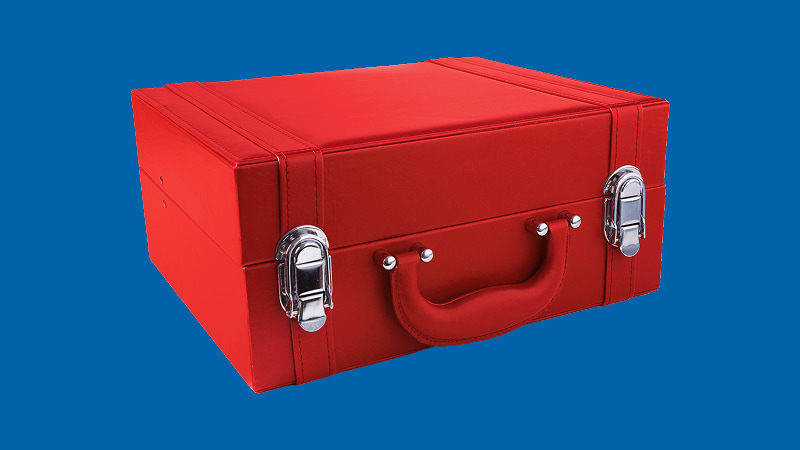Often, getting the confidence in managing your money comes from learning more about the things that might impact it - here's where we come in...
We're answering the most common questions, providing information and updates, to give you the insight into areas that may affect you, your goals and the lifestyle you'd like. And we'll keep adding more information on the areas you care about. Why not make a start below?



























